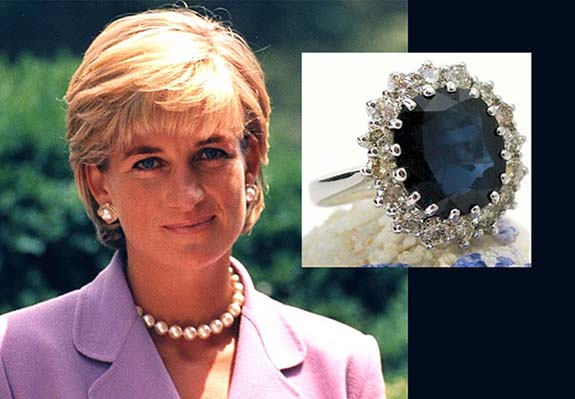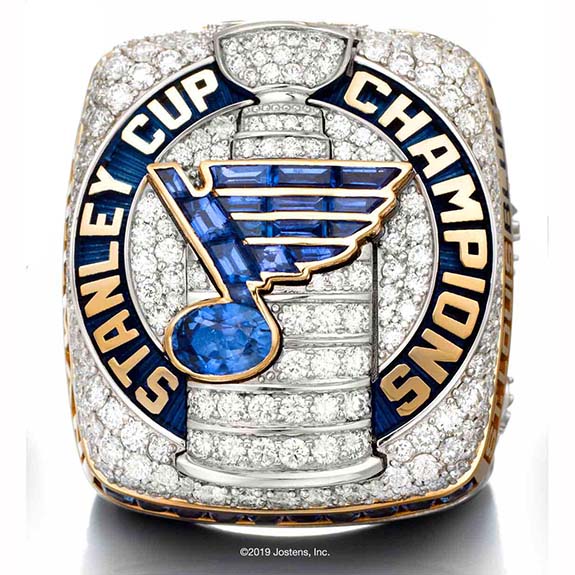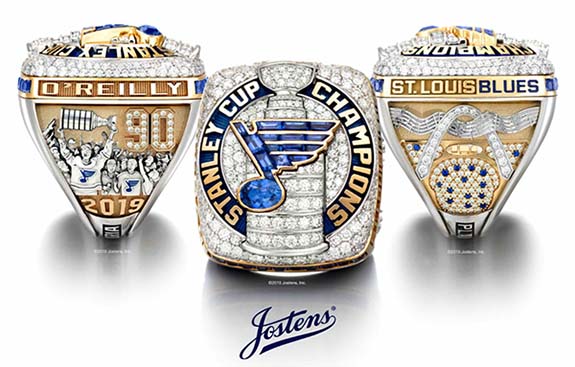Welcome to Music Friday when we bring nostalgic tunes with jewelry, gemstones or precious metals in the title or lyrics. Today, Dion's 1963 hit, "Donna the Prima Donna," shines the spotlight on a young woman who aspires to be a socialite and has an affection for the finer things in life, including jewelry and gemstones.

While Donna loves to talk about high society, she's really just a working-class girl. As Dion sings, "She always wears charms, diamonds, pearls galore / She buys them at the 5 and 10 cents store / She wants to be just like Zsa Zsa Gabor / Even though she's the girl next door."
As a poor kid from the Bronx, New York, Dion acknowledges that winning her heart will be nearly impossible, singing, "Pretty little girl, I don't stand a chance /Without any money there goes our romance."
Written by Dion and Ernie Maresca, "Donna the Prima Donna" appeared on Dion's 1963 album of the same name. The song zoomed to #6 on the U.S. Billboard Hot 100 chart and #17 on the R&B chart, and continues to get airplay 56 years after its release.
Born in 1939, Dion DiMucci developed his love for music early in life while touring with his dad, Paquale DiMucci, a vaudeville entertainer. Dion's singing style was honed on the street corners of the Bronx, where he and his buddies performed a cappella riffs.
Dion started his career in the late 1950s as the frontman for Dion and the Belmonts. He rocketed to stardom after going solo in 1960 and is best remembered for the singles "Runaround Sue," "The Wanderer," "Ruby Baby" and "Donna the Prima Donna."
Trivia: Dion also released an Italian version of "Donna the Prima Donna." The lead vocals are in Italian, but the backing vocals — provided by The Del-Satins — are identical to the original song.
Dion, who celebrated his 80th birthday in July and continues to tour, was inducted into the Rock & Roll Hall of Fame in 1989.
We hope you enjoy these clips of Dion performing "Donna The Prima Donna." (As a fun bonus, we've also included the Italian-language version.) The English lyrics are below if you’d like to sing along...
"Donna The Prima Donna"
Written by Dion DiMucci and Ernie Maresca. Performed by Dion.
Donna, Donna the Prima Donna
Broke my heart.
We're apart.
Thinks she's smart.
I met a girl a month ago
I thought that she would love me so.
But in time I realized.
She had a pair of roving eyes.
I remember the nights we dated,
Always acting sophisticated,
Talking about high society,
Then she tried to make a fool out of me.
They call her Donna, Donna the Prima Donna
Broke my heart now.
Thinks she's smart now.
We're apart now.
Pretty little girl you're just having fun
You're running all around and breaking lover's hearts.
Pretty little girl, I don't stand a chance,
Without any money there goes our romance.
She always wears charms, diamonds, pearls galore,
She buys them at the 5 and 10 cents store.
She wants to be just like Zsa Zsa Gabor,
Even though she's the girl next door.
They call her Donna, Donna the Prima Donna.
Broke my heart.
Thinks she's smart.
We're apart.
Pretty little girl you're just having fun,
You're running all around, you're breaking lover's hearts.
Pretty little girl, I don't stand a chance,
Without any money there goes our romance.
She always wears charms, diamonds, pearls galore,
She buys them at the 5 and 10 cents store.
She wants to be just like Zsa Zsa Gabor,
Even though she's Donna next door.
Donna, Donna the Prima Donna
(Repeats)
Credit:Screen capture via Youtube.com.



